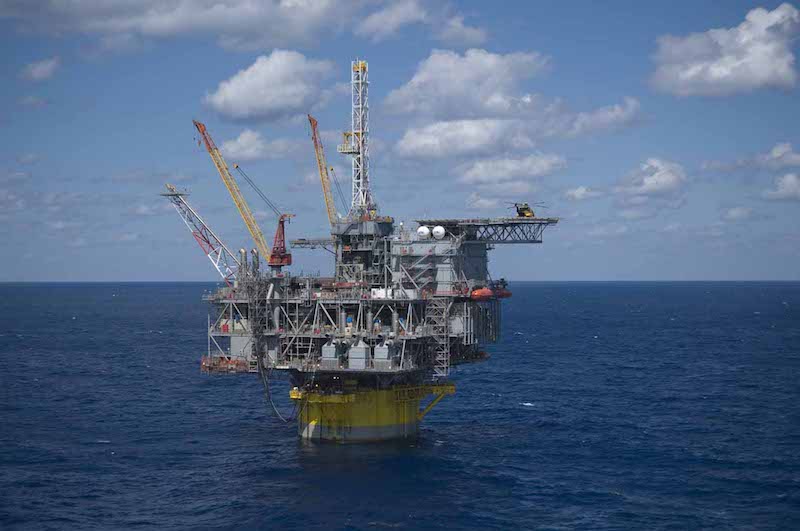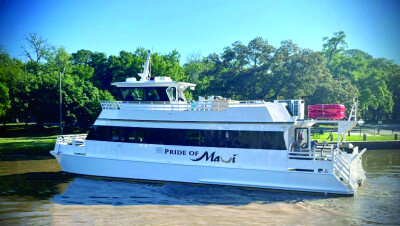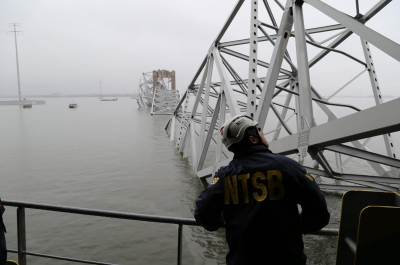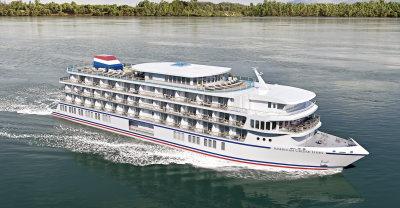Rystad Energy reported recently that oil industry capital spending projects are finally moving ahead. That’s good news for the oilfield service industry. Importantly, the data shows deepwater projects are a significant component of the increased spending, signaling bluer skies ahead for the offshore industry.
Since the start of 2017, new energy projects that received final investment OKs have swelled to $110 billion, more than twice what was approved in 2016. Higher oil prices, an improved global outlook for natural gas demand, and lower offshore development costs have contributed to the acceleration in project approvals.
As we head toward the fourth anniversary of the late-2014 OPEC oil price shock, the industry has had time to trim its cost structure, while also refocusing its mindset regarding its future direction. Managers can now think about the long-term, rather than concentrating on survival actions.
The rise in oil prices so far this year has lifted average prices for the past 18 months some 29% to 37% above their 2016 averages. With Brent oil prices recently trading above $80 a barrel, the 18-month average came within a whisker of $60 bbl. North American oil market conditions held back the advance in WTI prices, thus its average fell nearly 10% short of Brent’s average price. Talk of oil prices staying solidly at these levels, or possibly heading higher before year-end, has encouraged oil company executives to loosen their belts on capital spending.
The power of improving prices is shown by the fact that of the 17 deepwater development projects approved in the past 18 months, 16 were in the development queue but had been delayed due to the industry downturn. As we learned earlier this year when several high-profile Gulf of Mexico deepwater projects were approved, oil companies cited success in re-engineering the projects to cut costs significantly. At the same time, the oversupply of offshore equipment depressed day rates, further helping lower total development costs.
According to an index maintained by Rystad Energy, offshore drilling rig rates have tumbled by over 50% since 2014, while other services and equipment prices have fallen by 20-30%.
No one knows whether it was higher oil prices or lower oilfield service costs that drove the capital spending upturn, but for an offshore industry waiting to recover, it doesn’t matter. The hike in spending marks how the typical industry cycle exits its downturn and begins the next upcycle.
The offshore industry needs increased utilization before being able to push prices higher. The capital spending boost is welcomed news.





